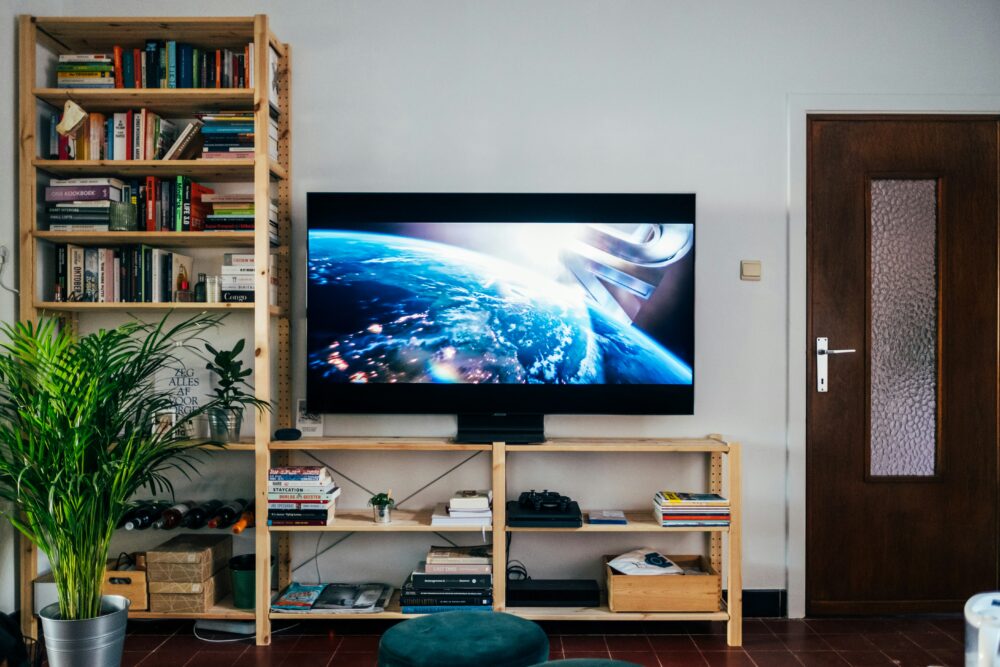What is Audiovisual Translation?
Have you ever watched a film or series and thought “I wonder how they would translate this scene into a foreign language”? For many countries in Europe, such as Germany, Italy, France, Sweden and the Netherlands, watching dubbed or subtitled films is the norm. Dubbing and subtitling, the two most common forms of audiovisual translation, enable audiences whose native language is different to the one from the original film to learn more about various cultures, while at the same time being able to understand the spoken content. When a film is dubbed, it means that the visual parts (and often the background noises and the soundtrack) remain the same, whilst the spoken fragments are translated into another language and are visually adapted to the actors’ lip movements and gestures. The goal is to achieve the illusion that the different characters are really speaking the target language. Subtitles, on the other hand, are added as translated text to the original version of the film or series (most of the time on the lower part of the screen), and act as a linguistic aid to enable viewers to follow what is going on on the screen. The latter form of audiovisual translation is often suggested for foreign language learning, since the viewer is able to hear the source language and can read the translation into the target language at the same time.
The challenges of translating cultural phenomena
The different multimedia elements can be significant when it comes to learning more about different countries and their customs. The visual details on screen automatically convey cultural norms, be it via the setting, the clothes that the actors are wearing, their looks, gestures and their facial expressions, the road signs in the background, or the buildings’ interior decoration. When different media are translated, foreign audiences can either read or hear the spoken content in their own language and at the same time perceive the same visual elements that are in the original version as native language viewers. In addition, foreign audiences can partake in a global discourse that is often created when films and series become particularly successful and are hyped by the media and on other platforms.
Localising culture-specific terms
However, one question that remains is how country- and nation-specific terms that are directly linked to their culture and language can be translated. When, for example, a scene contains a phrase that is source language-specific and does not exist in the target language, translators and other people involved in the transfer process have to find a way to achieve a similar meaning in the translation. Here, the cultural and linguistic knowledge of the source language is of high value and needs to be considered in order to achieve the best solution in the target language. For example, the translations of sayings and wordplay often raise difficulties, because not only are they culture-specific or directly connected to a previous scene, but their linguistic meaning can also often be traced back historically and socially. In addition, wordplay is frequently connected to a specific remark that has been used before, hence the entire context of a scene needs to be adjusted in the target language in order to create ongoing cohesion. For example, let’s take the proverb “When in Rome… (do as the Romans do)”. Native English speakers know that the underlying meaning of this saying is adjusting and adapting cultural behaviour in a country that is not your own. If this phrase was directly translated, let’s say, into German word by word, it would not convey the same meaning, because the somewhat equivalent phrase in German is commonly known as “Andere Länder, andere Sitten”, which can be translated into English as “different countries have different customs”. Here, a direct translation into German would not be as easily understood. Even though the actual interpretation and meaning of both the English and the corresponding German phrase are the same, their wording and background are entirely different. If the dubbed or subtitled version contained a similar phrase without a linguistic and cultural adaption into the target language, different scenes would either be misinterpreted by the target audience, or would lead to confusion.
Translation is always a cultural process
Just as is the case with types of language transfer, what needs to be considered is that the translation of media is not only a linguistic but also a cultural process. This means that in order to achieve an adequate translation that makes sense, the intentions and underlying meaning have to be respected and analysed in order to create a dubbed or subtitled version that corresponds to the cultural and linguistic understanding of the target audience.
How about you? Have you ever watched a translated version of a film or series where some of the scenes created confusion? Do you know some funny mistranslated phrases? Let us know in the comments below!
And if you are looking for Audiovisual Translation services, Creative Translation can help! Give us a call on +44 (0)207 294 7710 or send us an email to info@creativetranslation.com to discuss your requirements.
Written by Silvia Lancuba
Photo Credit: Jonas Leupe on Unsplash




